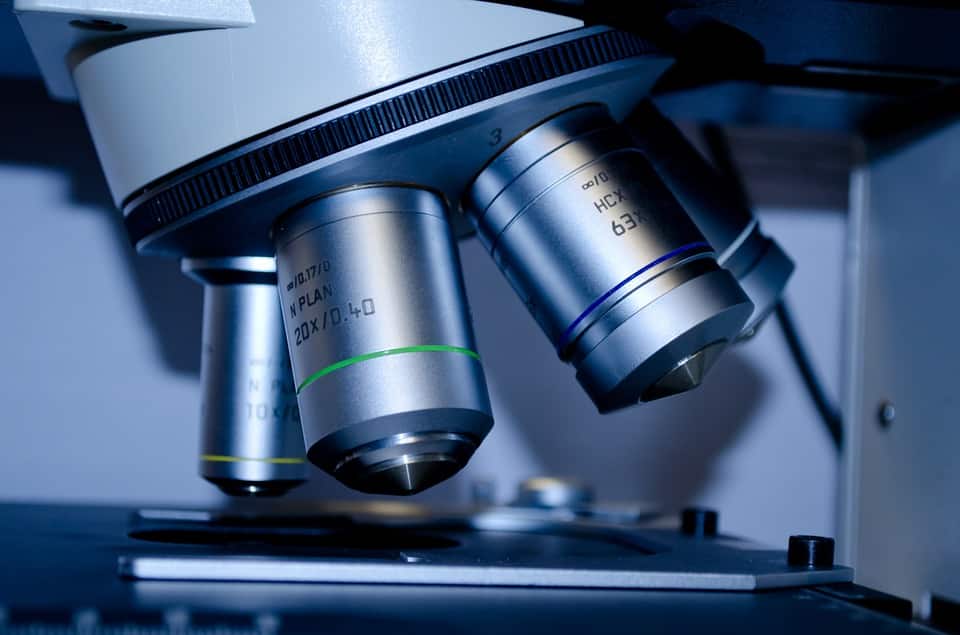Hungarian neuroscientist’s development to stop epileptic seizures
Next year a device – developed to help people suffering from epilepsy – by Hungarian neuroscientist, Antal Berényi, could be tested on patients. The goal of the prototype, which will be implanted behind the skull, is to stop a seizure within a second of it starting and to restore normal cerebration.
Antal Berényi is currently working on multiple pieces of research; three significant developments of his are taking place at the same time. His research work plan won financial support at MTA’s Lendület (momentum in English) competition twice, and recently he received a grant for it from one of the National Research and Development Office’s programs as well. Délmagyar visited the scientist in his laboratory at the University of Szeged, where he spoke about his current and future researches. He finished his studies at the New York University in 2010 and started working on his questions about rhythmic function.
“Most of the neurological and psychological illnesses can be connected to some sort of arrhythmia. We are researching how we can intervene with these so that we can reduce the illnesses symptoms. In the first Lendület program, we researched the curability of epilepsy for five years,” explained the researcher.
Read about the successful operation Hungarian doctors performed on Siamese twins in Bangladesh HERE.
The scientist returned home from overseas in 2013 and continued his work here. He and his team found a method, which they can stimulate the brain with, in a way that it will stop an epileptic seizure. This became a patented method – the University of Szeged and the New York University own the patent –, then they started utilising it. The development of the prototype, which will be implanted into the human head is currently ongoing. This device is similar to a pacemaker, it will perceive signals from the brain at all times, and with the electrodes outside the skull, it will stimulate the brain when needed.
“It is almost certain that the device will be tested on people next year in the United States. But it could take ten years for it to make it to the general market. So there will be a device, but for clinical testing to start, we would need a bigger manufacturing partner,” Berényi explained.
The device’s goal is to stop an epileptic seizure within a minute of it starting and to restore normal cerebration. They finished fundamental research, and are now working on the development of the device. With the Lendület 2 program, they would further this procedure, but this time they would target PTSS, post-traumatic stress syndrome, that is, the treatment of anxiety. Berényi’s team has also started working on a third research. They are researching electrotherapy procedures potentially done with nerve tissue interfaces. These would offer a resolution to chronic neuro-psychiatric and sensory illnesses which are not treatable with medicine. These affect over 100 million people in Europe. In the work targeting the connection of machines and the human brain research teams of multiple fields are taking part.
“This field is not present in Szeged, this is high technology, so we need many world-class teams to join forces. The goal of our research is to connect machines to the brain. We will probably start our research with figuring out how we can stimulate the tissues with ultrasounds instead of electricity. This is a huge job, basically the extension of our current work, it could be my life’s work if we succeed,” Berényi said.
Source: https://www.delmagyar.hu/
please make a donation here
Hot news
What happened today in Hungary? — 26 April, 2024
Unemployment stops rising in Hungary
Foreign workers at Wolt Hungary: courier and restaurant manager chime in – and they are not happy
Hungarian FM Szijjártó: We won two battles in Brussels
Bizarre developments: Orbán cabinet now targets rainbow-coloured items!
Hungarian defence minister: Most important thing is peace




